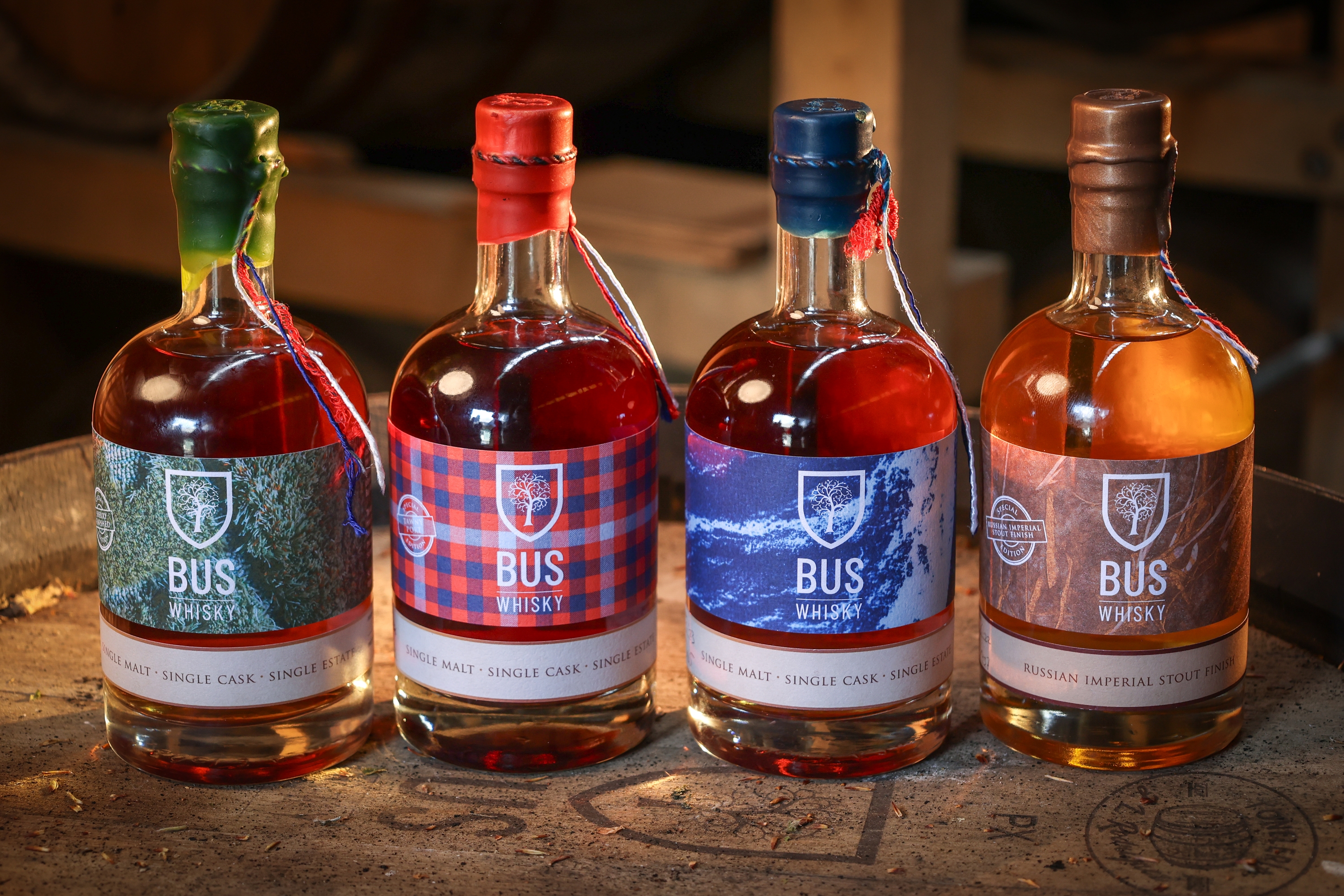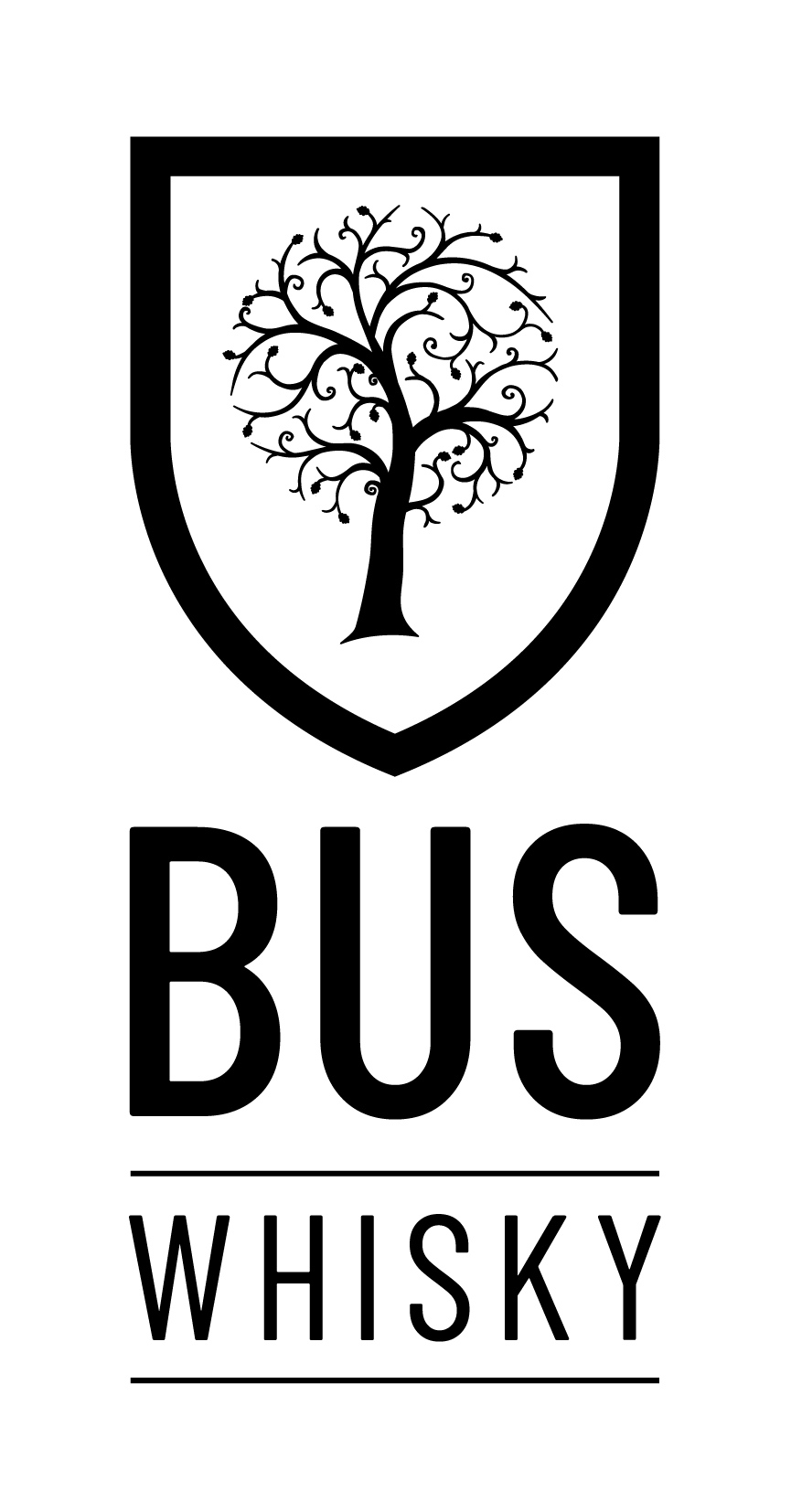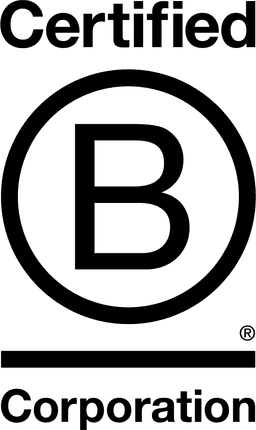

Bus Whisky Coöperatie U.A.

North Brabant, Netherlands The
April 2025
Food products
Manufacturing
Netherlands The
In 2019, Bus Whisky proudly entered the Dutch whisky scene as a fresh and bold brand. In just three years, we have grown from a modest Brabant start-up to one of the larger whisky producer in the Netherlands, and we have earned our place as one of the world's most sustainable distilleries. "Bus Whisky" is named after the distillery's water source. For thousands of years, the Peelrand fault has formed a natural formation of pointing water sources in eastern Brabant. In the hamlet of Bus in Nistelrode, the whisky distillery's water source is located on the farm where the malting barley for Bus Whisky is also grown. What makes Bus Whisky unique? - Single Estate Whisky: We distill the whisky on our own farm, and our malting barley is grown sustainably around our farm without artificial fertilizers or pesticides and with flowery field margins. This small-scale, artisanal approach ensures a pure and exclusive taste. At Bus we guarantee farm-to-bottle perfection. Each release is a limited edition. - A unique origin: Named after the hamlet of 'Bus' in Nistelrode, we draw our water from a rare point source, enriched with unique minerals thanks to the geological phenomenon of the Peelrand fault that has defined the landscape around the hamlet of Bus for tens of thousands of years.
Overall B Impact Score
Governance 15.6
Governance evaluates a company's overall mission, engagement around its social/environmental impact, ethics, and transparency. This section also evaluates the ability of a company to protect their mission and formally consider stakeholders in decision making through their corporate structure (e.g. benefit corporation) or corporate governing documents.
What is this? A company with an Impact Business Model is intentionally designed to create a specific positive outcome for one of its stakeholders - such as workers, community, environment, or customers.
Workers 23.9
Workers evaluates a company’s contributions to its employees’ financial security, health & safety, wellness, career development, and engagement & satisfaction. In addition, this section recognizes business models designed to benefit workers, such as companies that are at least 40% owned by non-executive employees and those that have workforce development programs to support individuals with barriers to employment.
Community 23.4
Community evaluates a company’s engagement with and impact on the communities in which it operates, hires from, and sources from. Topics include diversity, equity & inclusion, economic impact, civic engagement, charitable giving, and supply chain management. In addition, this section recognizes business models that are designed to address specific community-oriented problems, such as poverty alleviation through fair trade sourcing or distribution via microenterprises, producer cooperative models, locally focused economic development, and formal charitable giving commitments.
What is this? A company with an Impact Business Model is intentionally designed to create a specific positive outcome for one of its stakeholders - such as workers, community, environment, or customers.
Environment 23.1
Environment evaluates a company’s overall environmental management practices as well as its impact on the air, climate, water, land, and biodiversity. This includes the direct impact of a company’s operations and, when applicable its supply chain and distribution channels. This section also recognizes companies with environmentally innovative production processes and those that sell products or services that have a positive environmental impact. Some examples might include products and services that create renewable energy, reduce consumption or waste, conserve land or wildlife, provide less toxic alternatives to the market, or educate people about environmental problems.
Customers 3.0
Customers evaluates a company’s stewardship of its customers through the quality of its products and services, ethical marketing, data privacy and security, and feedback channels. In addition, this section recognizes products or services that are designed to address a particular social problem for or through its customers, such as health or educational products, arts & media products, serving underserved customers/clients, and services that improve the social impact of other businesses or organizations.